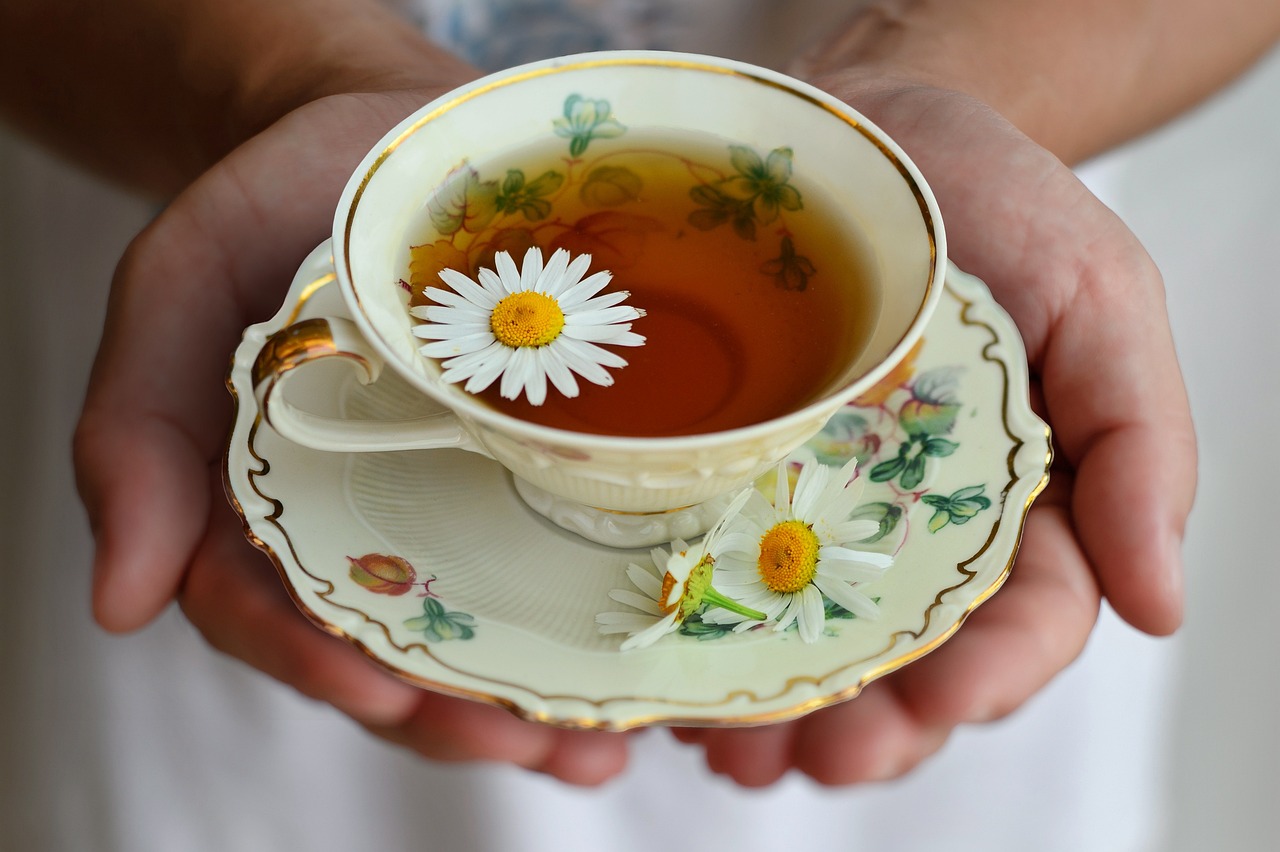
Chamomile is often considered an apple among the flowers.
The word "chamomile" derives from French and Latin, from Greek khamaimēlon meaning "earth apple", from khamai meaning "on the ground" and mēlon which is an equivalent of "apple". These edible flowers also taste and smell like fresh apples, which is why ancient Greeks called them 'earth apples'. Just like the old adage of eating one apple that keeps the doctor away, chamomile also has healing properties that boost mental health, protect the skin, and improve immunity among humans and animals.
Represented by two common varieties, German Chamomile (Chamomilla Recutita) and Roman Chamomile (Chamaemelum Nobile), the dried flowers of chamomile brought to you by TeaOrb contain many beneficial micronutrients. According to various research published by NCBI, Chamomile preparations are commonly used for many human ailments such as hay fever, inflammation, muscle spasms, menstrual disorders, insomnia, ulcers, wounds, gastrointestinal disorders, rheumatic pain, and hemorrhoids. Essential oils of chamomile are used extensively in cosmetics and aromatherapy. The tea infusion is used as a wash or gargle for inflammation of the mucous membranes of the mouth and throat. Chamomile in the form of an aqueous extract has been frequently used as a mild sedative to calm nerves and reduce anxiety, to treat hysteria, nightmares, insomnia, and other sleep problems.
Historical records show that chamomile was used from the times of ancient Egypt when deceased Pharaohs' mortal remains were coated with the paste made from the flowers for preservation, to the medieval times when people suffering from anxiety and sleeplessness were given this flower's herbal infusion.
So what is the story behind Chamomile's magical properties?
Various studies undertaken in the middle of the 20th century revealed that the flowers of chamomile contain 1-2% volatile oils including bisabolol and matricin. Considered terpenoids, both bisabolol, and matricin contain anti-inflammatory, anti-irritant, anti-inflammatory, and anti-microbial properties. Scientists across the world consider chamomile to be a natural source of terpenoids. Besides this, chamomiles are blessed with flavonoids, also found in specialty teas of TeaOrb.
In the present day, Chamomile is mostly confused in the form of tea, and some people drink one to four cups daily. To make chamomile tea, steep a chamomile tea bag or chamomile flowers in hot water for five to ten minutes in a mug covered with a saucer. Then, drink the infusion when it has cooled to the point it is safe to drink. However, users with a long history of allergies from the daisy family of flowers should take advice from the doctors as Chamomile can produce a reaction.
Other Reference:
WebMD




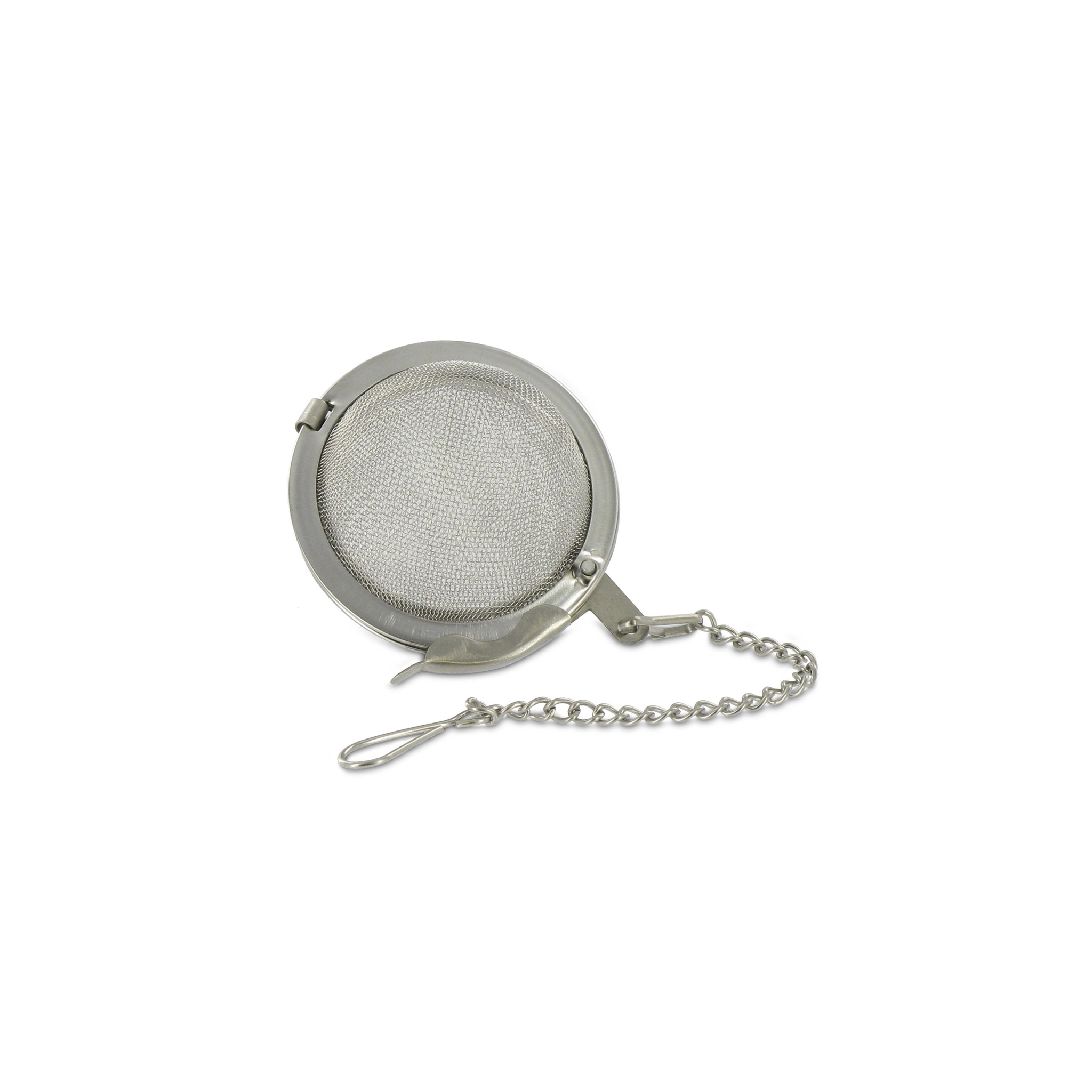
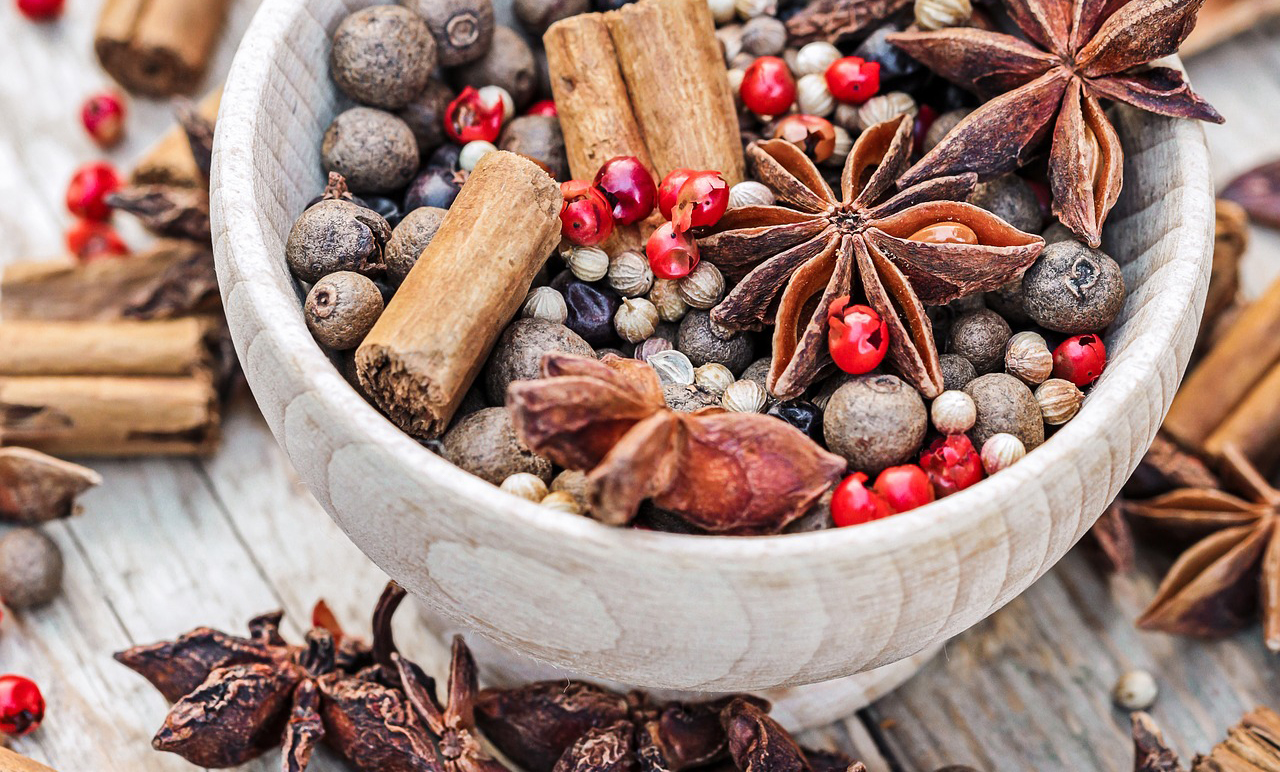



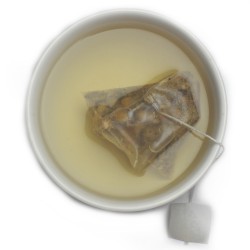
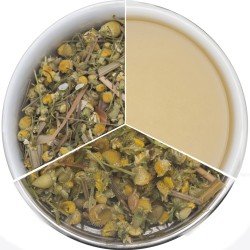





Leave a Comment